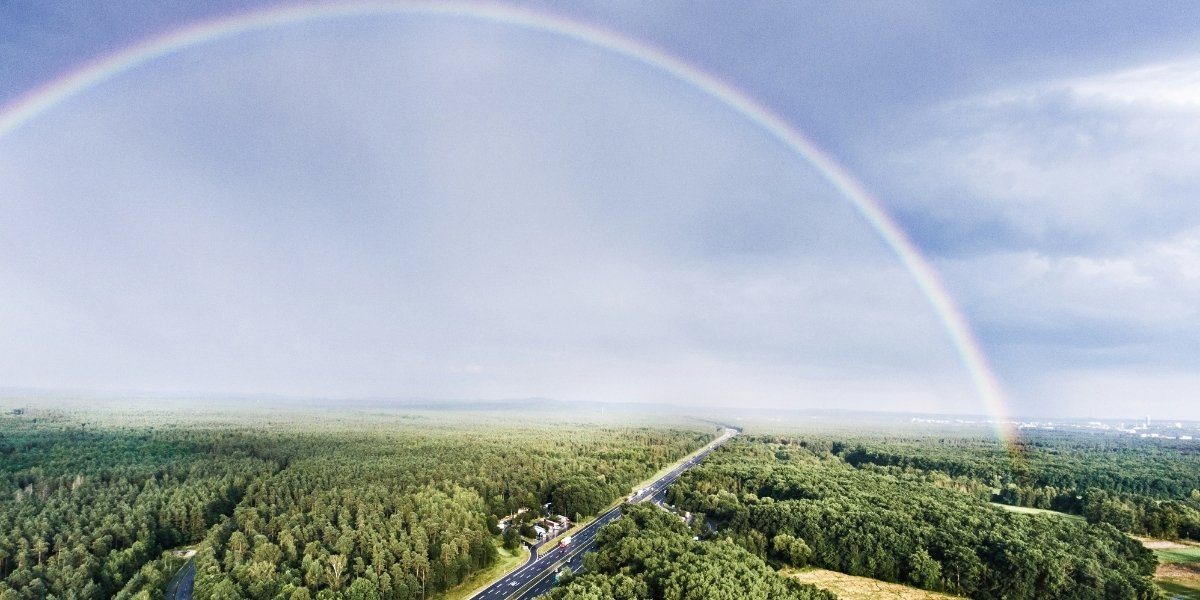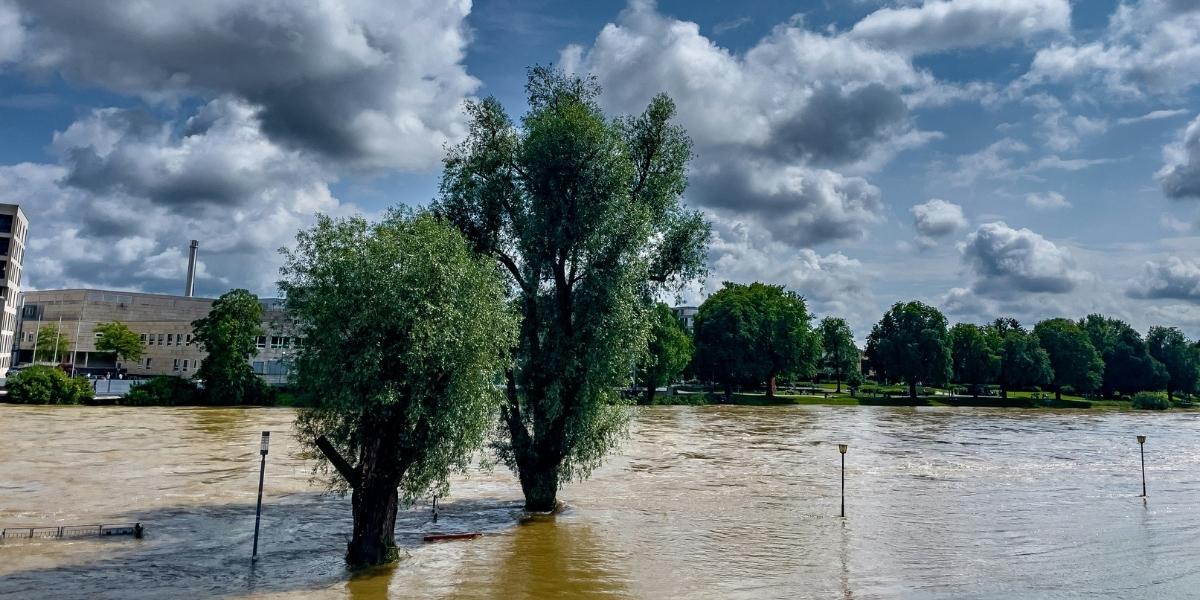What Makes Earth’s Natural Landscapes So Captivating?
Earth’s landscapes are full of beauty that never fails to captivate those who experience them. From dense forests where sunlight filters through the canopy, casting a golden glow on the forest floor, to vast deserts stretching endlessly, every natural landscape tells a unique story. The ever-changing scenery, with its variety of textures and colors, offers a sense of peace and awe.
Take, for instance, the majestic presence of towering mountains. Their snow-capped peaks rise above the surrounding land, offering a sense of permanence and strength. Mount Everest, the highest point on Earth, commands respect not only for its height but also for the challenges it poses to those who attempt to summit it. The rugged terrain contrasts sharply with the calm lakes nestled in valleys, creating a stunning balance between tranquility and power.
Read Also: How to Choose the Right Bait for Every Fishing Season
The natural world is an artist, constantly painting vibrant scenes that encourage us to pause, reflect, and appreciate the beauty around us. Every corner of our planet offers a different kind of awe, from the blue depths of the oceans to the green expanses of the jungles.
How Do Ecosystems Showcase Earth’s Intricate Beauty?
Ecosystems are the heart of Earth’s wonders, supporting diverse life forms that coexist in complex and delicate balance. From the lush rainforests of the Amazon to the barren yet vibrant deserts, each ecosystem is a masterpiece of evolution. Rainforests, with their dense foliage and diverse species, exemplify life in abundance. Towering trees, thick vines, and colorful wildlife come together to form a thriving ecosystem.
The balance within these ecosystems is delicate; even the smallest change can have a ripple effect. Coral reefs, known as the “rainforests of the sea,” are another striking example. These underwater ecosystems are home to an incredible variety of marine life, from tiny plankton to large predators like sharks. Coral reefs are not just beautiful—they play an essential role in the global environment by supporting biodiversity, protecting coastlines, and contributing to carbon cycles.
By understanding ecosystems, we come to appreciate the complexity and interdependence of life on Earth, realizing how every component, no matter how small, contributes to the larger picture of natural beauty.
What Role Does Flora Play in Earth’s Aesthetic?
The vibrant colors of blooming flora are one of nature’s most striking features. The sheer variety of plant life around the globe is not only a visual delight but also a vital part of Earth’s ecosystems. Whether it’s the golden fields of wildflowers or the delicate petals of a cherry blossom, plants add a level of color and life that is unique to each season.
Spring brings the blossoming of new life, as flowers like tulips, daffodils, and cherry blossoms burst into color, signaling renewal. Meanwhile, autumn offers a display of fiery reds, oranges, and yellows as trees shed their leaves in preparation for winter. The rhythmic patterns of these changes remind us of the cyclical nature of life, connecting us to the Earth’s eternal rhythms.
Beyond their aesthetic beauty, plants are essential for life. They provide oxygen, stabilize ecosystems, and serve as food and shelter for countless species. The beauty of flora is not just in its visual appeal but in its integral role in maintaining the balance of life on Earth.
How Do Water Bodies Reflect Nature’s Serenity and Power?
Water bodies like lakes, rivers, and oceans embody both the serenity and power of nature. From tranquil lakes that mirror the sky above to oceans that stretch to the horizon, water has an undeniable presence on Earth. The reflective stillness of a pristine lake, with its glass-like surface, provides a sense of peace and harmony, often found in isolated mountain valleys or forested landscapes. These serene bodies of water offer a place for quiet reflection and connection with nature’s purity.
In contrast, the ocean is a force of nature that commands awe with its vastness and power. The rhythmic sound of waves crashing against rugged coastlines or the sight of a storm brewing over the sea reminds us of nature’s raw energy. Oceans are home to some of the most diverse ecosystems on Earth, teeming with life both near the surface and in the deep. The contrast between the calmness of lakes and the power of oceans underscores the diverse personalities of water bodies and their role in maintaining Earth’s balance.
What Is the Impact of Wildlife in Earth’s Natural Wonder?
Wildlife, from the smallest insects to the largest land mammals, adds a dynamic element to Earth’s natural beauty. The variety of life forms on our planet, each adapted to its unique environment, enhances the complexity of ecosystems and brings life to every corner of the Earth.
Take the majestic elephant, roaming the savannahs of Africa, or the colorful parrot perched high in the trees of the Amazon. These animals, and many others, add to the vibrancy of the planet’s biodiversity. The migration of monarch butterflies across North America and the annual gatherings of wildebeest in the Serengeti are just a few examples of the intricate patterns of movement that make Earth’s wildlife fascinating.
Wildlife also serves as a symbol of Earth’s resilience. Despite environmental pressures and human impact, many species continue to thrive, reminding us of the planet’s enduring ability to adapt. Protecting wildlife is not just about conserving beauty; it’s about preserving the balance of nature that sustains all life.
How Does Nature Inspire Us to Protect Earth’s Wonders?
Nature’s wonders are not just awe-inspiring; they are a reminder of the importance of preservation. As we witness the sheer beauty of landscapes, wildlife, and ecosystems, we are reminded of the intrinsic value of the natural world. Yet, these wonders are under threat from human activity, climate change, and deforestation. The destruction of habitats, pollution of water bodies, and the loss of biodiversity threaten the delicate balance that makes Earth’s ecosystems so extraordinary.
However, nature also inspires hope. From the rise of eco-tourism to increased environmental awareness, many individuals and organizations are committed to protecting Earth’s wonders. By fostering a sense of connection with nature, we are motivated to protect the landscapes and species that define the beauty of our planet.
Read Also: Why Combining Hobbies Can Unlock New Creative Opportunities
Embracing Earth’s Beauty and Our Role in Its Preservation
As we explore the many facets of Earth’s wonders, from its towering mountains to its vibrant wildlife, we gain a deeper appreciation for the natural world. The beauty of nature isn’t just in what we see—it’s in the life it supports, the rhythms it follows, and the lessons it offers. Each natural wonder, from forests to oceans, serves as a reminder of the Earth’s incredible complexity and the urgent need to protect it. Through connection, awareness, and action, we can ensure that these awe-inspiring wonders continue to flourish for generations to come.







